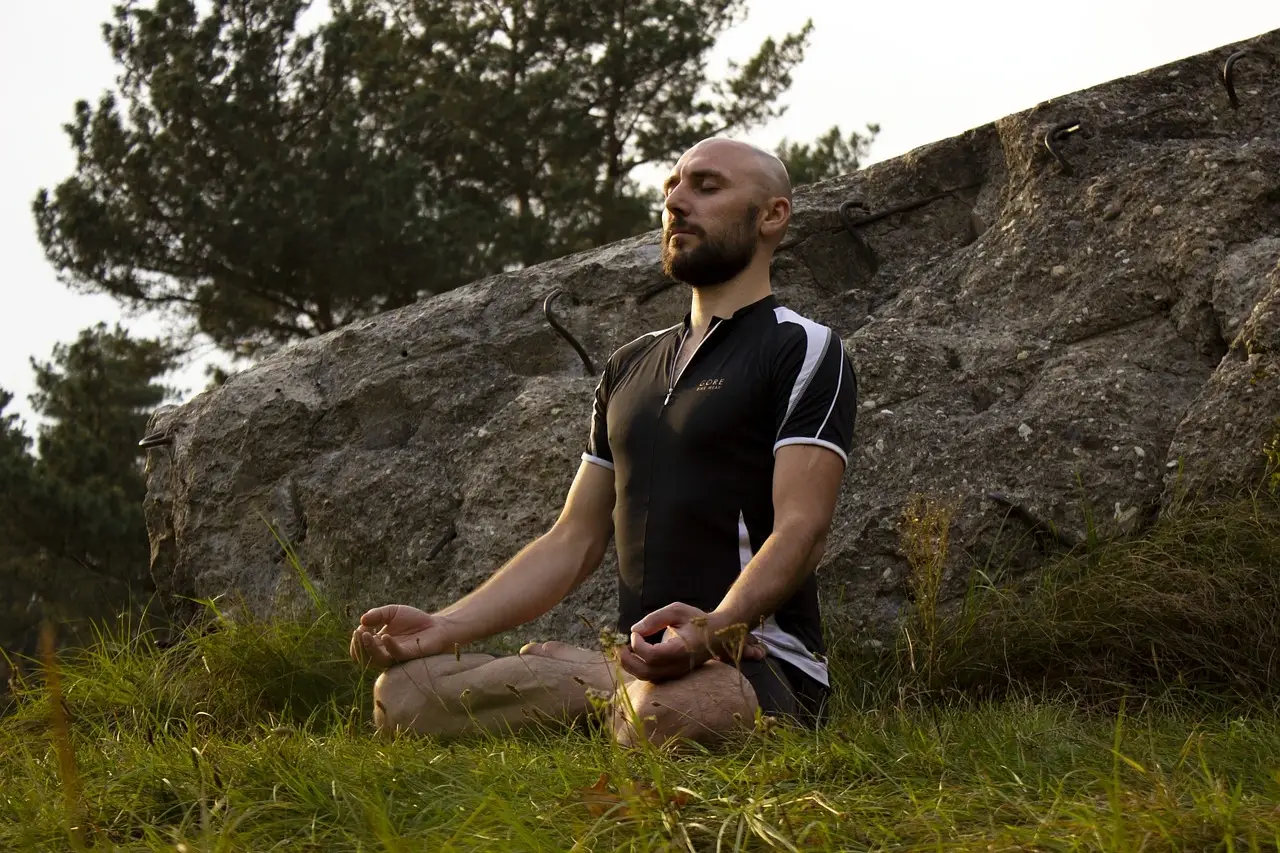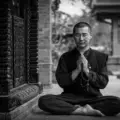Yoga, an ancient practice rooted in mindfulness and holistic well-being, has always emphasized harmony between the body and the environment. One of the most profound ways to deepen your yoga practice is by aligning it with the changing seasons. Seasonal yoga practices synchronize your routines with nature’s cycles and help balance your internal rhythms, boost your overall health, and enhance your spiritual connection to the world around you.
Understanding the Connection Between Seasons and Yoga
The concept of adapting yoga practices to the changing seasons is deeply embedded in various traditional systems, including Ayurveda, which is a sister science to yoga. Ayurveda teaches that our bodies are influenced by the natural world, and adjusting our lifestyle and practices according to seasonal changes can help maintain balance and well-being.
The four primary seasons—spring, summer, autumn, and winter—each brings unique energies and qualities. By aligning your seasonal yoga practice with these seasonal shifts, you can harmonize your body and mind with the environment, leading to improved health and a deeper sense of connectedness.
Spring: Renewal and Rejuvenation
Spring symbolizes renewal, growth, and new beginnings. As nature awakens from the dormancy of winter, our bodies and minds also seek to emerge from the cocoon of winter’s introspection. This season is associated with the qualities of Kapha in Ayurveda, characterized by heaviness, moisture, and stability.
Spring Yoga Practice:
- Focus on Energizing and Detoxifying: Begin your spring practice with invigorating poses that stimulate circulation and help detoxify the body. Sun Salutations, dynamic sequences, and standing poses can help shake off winter stagnation.
- Embrace Flexibility: Incorporate poses that enhance flexibility and openness, such as backbends and heart-opening poses. These help to open up the body and mind, reflecting the blooming nature of spring.
- Breathe in Fresh Air: Spend time practicing yoga outdoors if possible. Fresh air and sunlight can enhance your practice and boost your mood.
Spring Pose Suggestions:
- Warrior Poses (Virabhadrasana I, II, III): These poses build strength and stamina, helping to shake off the inertia of winter.
- Bridge Pose (Setu Bandhasana): This pose opens the chest and heart, promoting emotional renewal and physical vitality.
- Seated Forward Bend (Paschimottanasana): This helps in detoxifying and calming the nervous system.
Summer: Vitality and Expansion
Summer is the season of warmth, abundance, and expansion. It represents the peak of energy and vitality. During this time, we are naturally more active and sociable, and our yoga practice should reflect this heightened energy. In Ayurveda, summer aligns with the Pitta dosha, which is characterized by heat, intensity, and transformation.
Summer Yoga Practice:
- Cool and Grounding: Focus on cooling practices to balance the heat of summer. Incorporate poses and breathing techniques that help soothe and cool the body.
- Hydration and Rest: Ensure you stay hydrated and allow for plenty of rest. Consider integrating restorative poses into your practice to help manage excess heat and energy.
- Mindful Breathing: Practice cooling pranayama techniques like Sheetali (cooling breath) to calm the mind and body.
Summer Pose Suggestions:
- Downward-Facing Dog (Adho Mukha Svanasana): This pose helps to cool the body and provides a gentle inversion to refresh the mind.
- Legs-Up-the-Wall Pose (Viparita Karani): This restorative pose helps to calm the nervous system and reduce inflammation.
- Child’s Pose (Balasana): This pose provides grounding and a sense of calm, counteracting the excessive heat of summer.
Autumn: Transition and Letting Go
Autumn marks the transition from the active heat of summer to the colder, quieter months of winter. This season is associated with the Vata dosha in Ayurveda, which embodies the qualities of dryness, lightness, and movement. As the leaves fall and nature prepares for rest, our bodies also benefit from practices that support transition and grounding.
Autumn Yoga Practice:
- Focus on Stability and Grounding: Incorporate grounding poses that promote stability and balance. Gentle, flowing sequences can help to calm the mind and stabilize the body.
- Nourish and Hydrate: As the air becomes drier, focus on practices that nurture and hydrate the body. Include longer holds in poses and gentle stretches to maintain flexibility.
- Embrace Reflection: Use this time for introspection and mindfulness. Autumn is an ideal season for meditation and practices that encourage letting go of what no longer serves you.
Autumn Pose Suggestions:
- Tree Pose (Vrksasana): This balancing pose helps to cultivate stability and focus, which are beneficial during the shifting energies of autumn.
- Forward Fold (Uttanasana): This pose promotes relaxation and helps to ground the body and mind.
- Twists (e.g., Seated Spinal Twist – Ardha Matsyendrasana): Twists aid in digestion and detoxification, which are particularly beneficial as the body transitions through autumn.
Winter: Reflection and Restoration
Winter is a time for rest, reflection, and rejuvenation. The cold, stillness of winter brings a natural inclination towards introspection and conservation of energy. In Ayurveda, winter is associated with the qualities of Kapha dosha, which include heaviness and cold. This season encourages us to turn inward and focus on restorative practices.
Winter Yoga Practice:
- Warm and Restorative: Focus on practices that generate warmth and relaxation. Incorporate gentle, restorative poses and maintain a slower pace to conserve energy.
- Emphasize Breathwork: Use warming pranayama techniques, such as Kapalabhati (skull shining breath) and Ujjayi (victorious breath), to help generate internal heat and maintain energy levels.
- Create a Cozy Practice Space: Practice in a warm and inviting space. Consider using props like blankets and bolsters to support restorative poses.
Winter Pose Suggestions:
- Supported Bridge Pose (Setu Bandhasana with a Block): This pose helps to open the chest and heart while providing support and warmth.
- Reclining Bound Angle Pose (Supta Baddha Konasana): This restorative pose encourages relaxation and introspection.
- Corpse Pose (Savasana): This pose is essential for deep relaxation and integration of the practice, particularly during the contemplative winter months.
Integrating Seasonal Yoga Practices
To fully embrace the benefits of seasonal yoga practices, consider the following tips:
- Create a Seasonal Routine: Develop a yoga routine that aligns with the characteristics of each season. This might include adjusting the types of poses you practice, the intensity of your sessions, and the focus of your breathwork.
- Listen to Your Body: Pay attention to how your body responds to the changing seasons. Adjust your practice based on your energy levels, mood, and physical needs.
- Incorporate Nature: Whenever possible, practice outdoors to connect more deeply with the seasonal changes. This can enhance your sense of harmony with the natural world.
- Reflect and Adapt: Use each season as an opportunity to reflect on your personal growth and adapt your practice to your evolving needs.
Summary
Adapting your yoga practice to the changing seasons is a powerful way to enhance your well-being and deepen your connection with nature. By aligning your practice with the cyclical changes of the year, you can achieve a greater sense of balance, vitality, and harmony. Embrace each season’s unique qualities, and allow your seasonal yoga practices to evolve in tandem with the natural world. Through this dynamic interplay, you’ll find a richer, more rewarding path to holistic health and inner peace.



